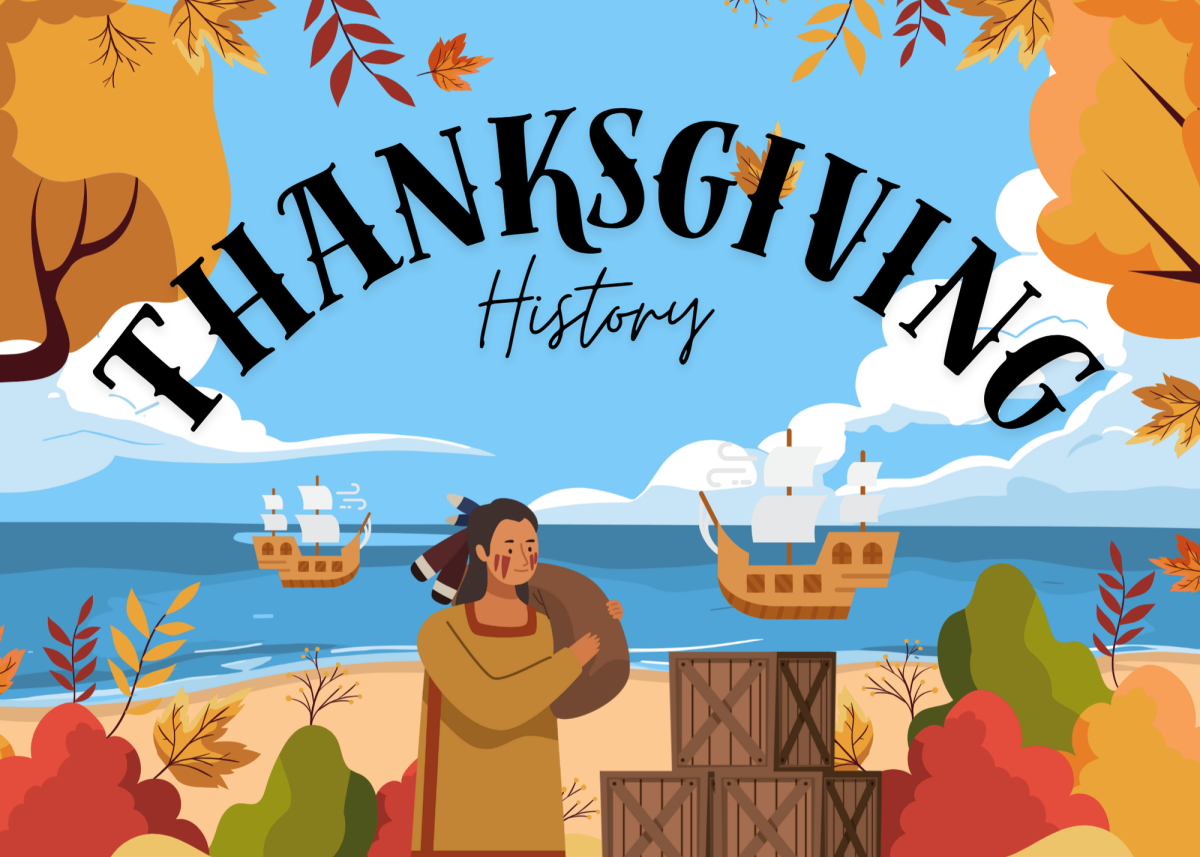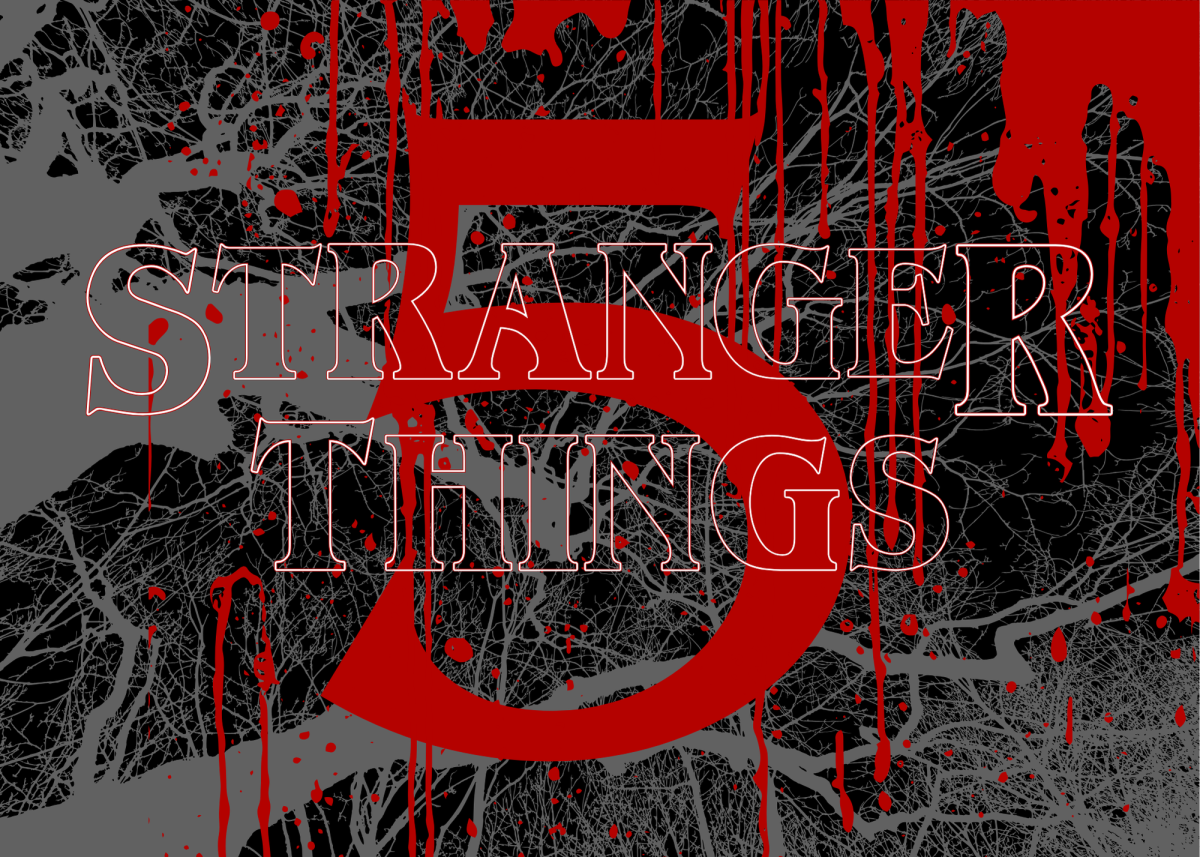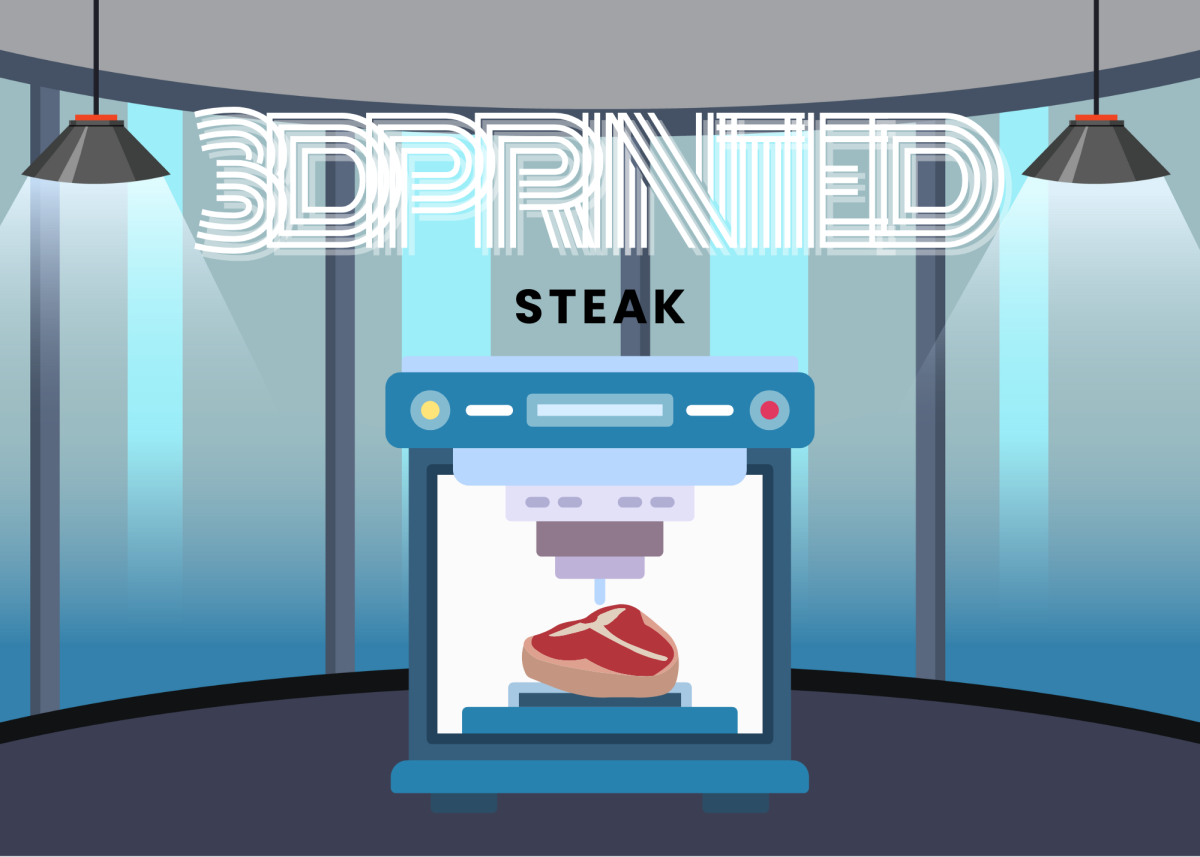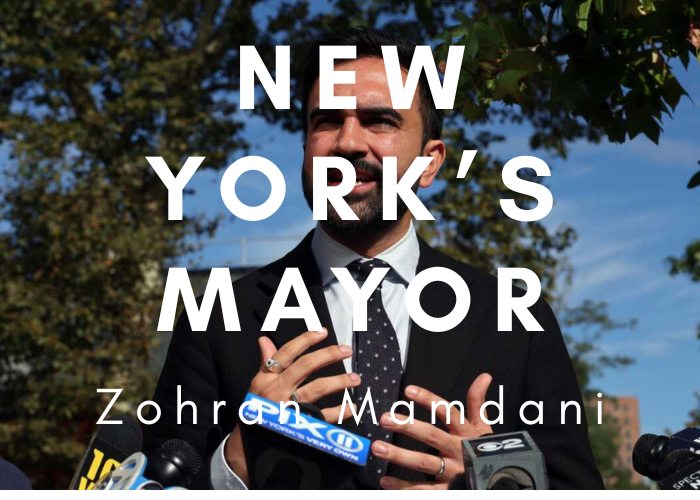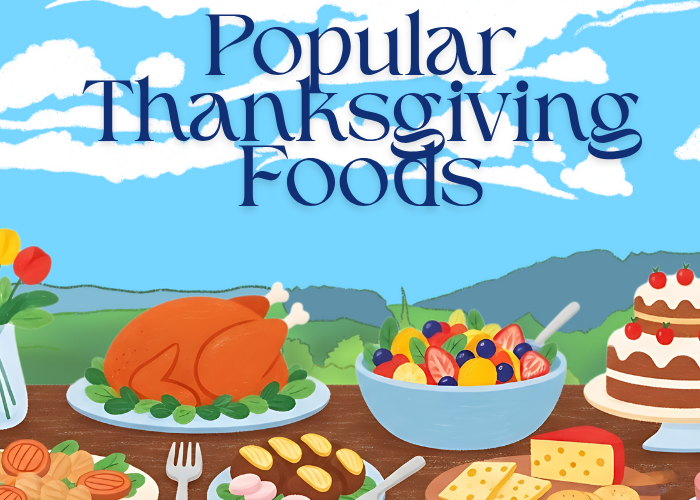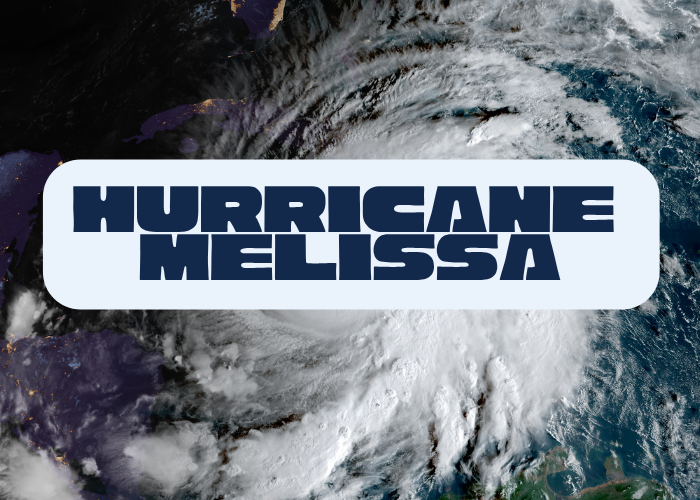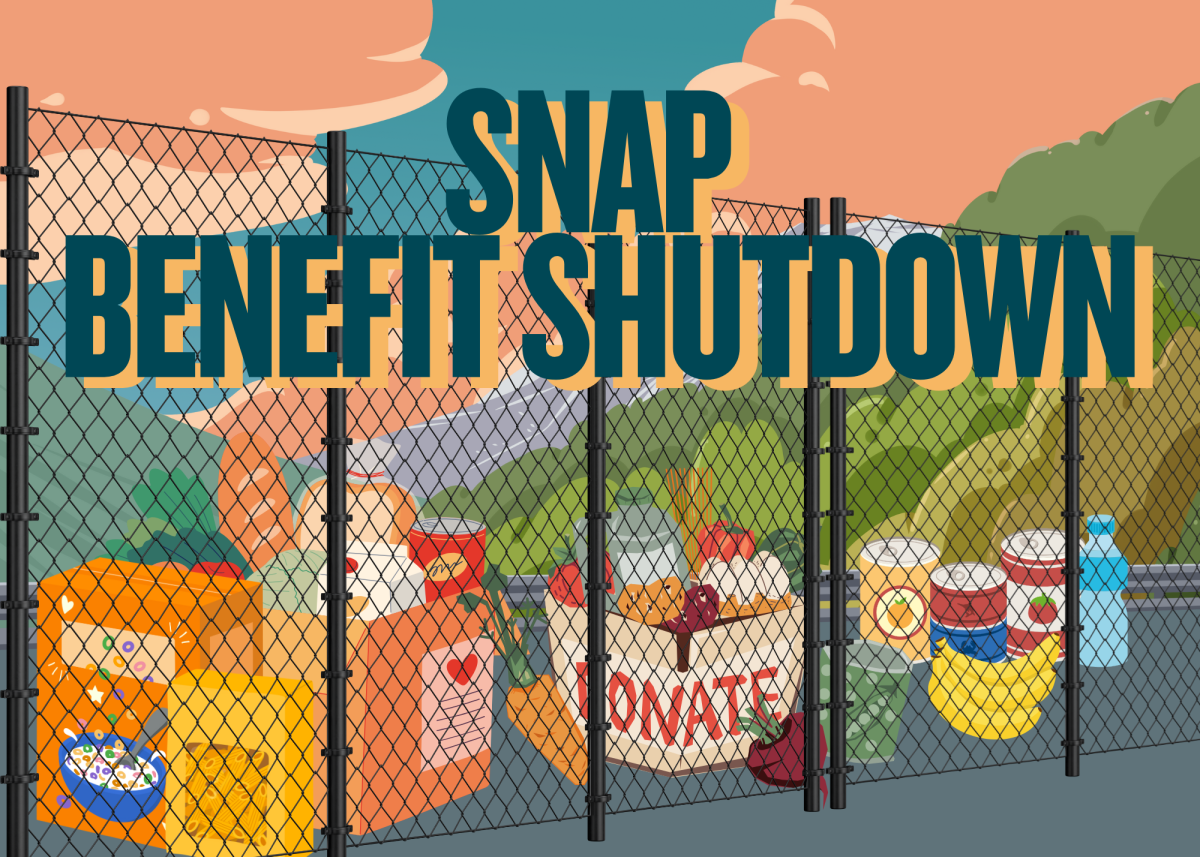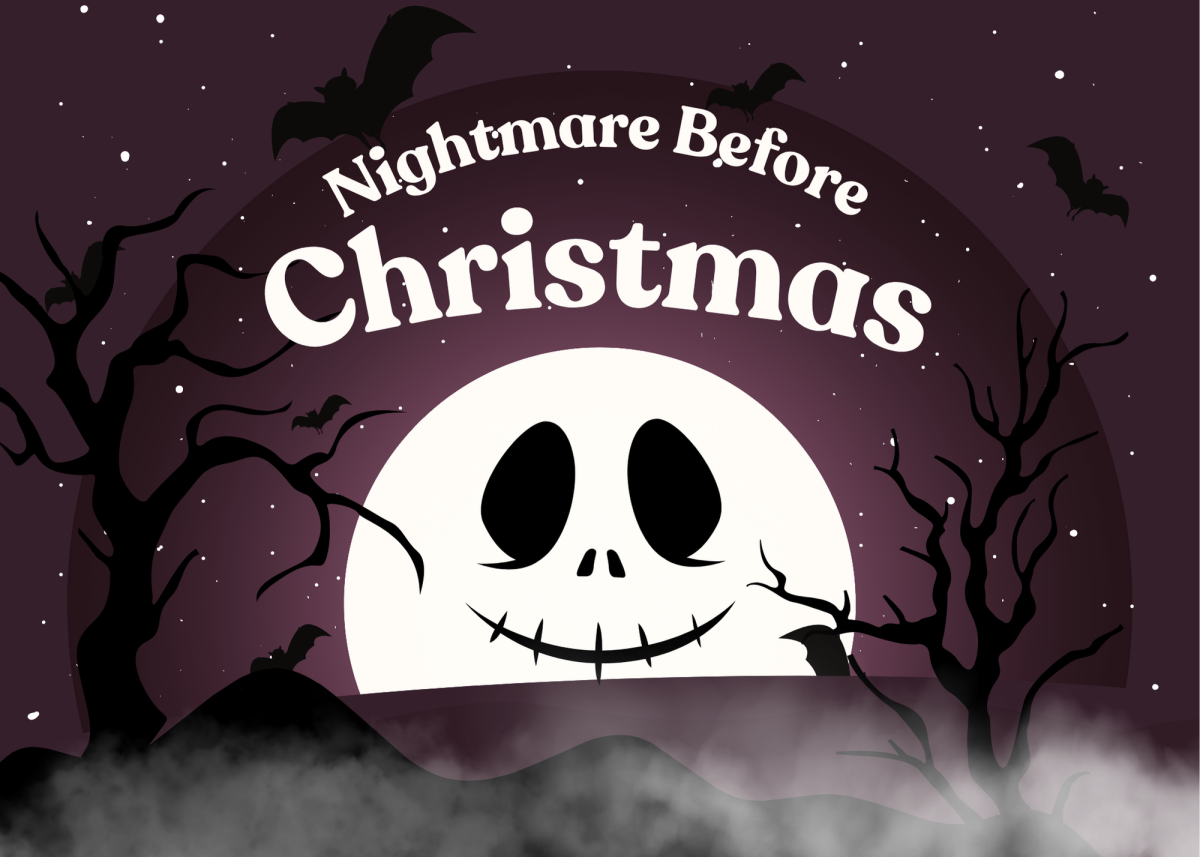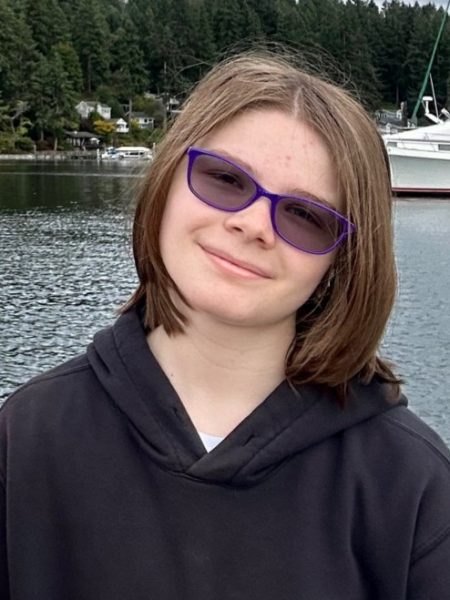On Nov. 27, Thanksgiving will fill the air with warm smiles and the scent of home-cooked meals.
Senior Cailynn Rice says that she, like many other people, “learned that Thanksgiving was a feast between the Pilgrims and the Native Americas. It was in response to how the Native American’s helped the Pilgrims grow crops like corn and squash.” Most do not know the true history of Thanksgiving or claim that the original one was a massacre. The latter is close to the truth, but not entirely accurate.
In 1863, during the Civil War, the holiday officially began. President Abraham Lincoln wanted to improve the relations between the northern and southern states and the tribal nations.
The northern and southern states were at war with each other over the issue of slavery and their differing ways of life. To try to bring the nation together and foster a more positive relation with the natives, he created Thanksgiving.
However, a year before the Dakota War of 1862, tensions rose as corrupt federal agents kept the Dakota-Sioux people from receiving food and provisions. After the war, President Lincoln then ordered 38 Dakota men to be hung for participating in the war. The holiday was created to blind people away from the harsh treatment of the Native Americans during this time and paint the United States as a country of community and unity with all its people.
The holiday was also meant to be the United States’ own holiday that no other country shared, which is why they chose to reference the Pilgrams and Wampanoags feasting together. This event was strictly an American thing, as the two parties involved were only in the United States.
Thanksgiving for some Native American nations is a day of mourning. The National Day of Mourning occurs at the same time as Thanksgiving, the fourth Thursday of November. On this day, many Native Americans gather at Cole’s Hill near Plymouth Rock to remember and honor the losses experienced for the past 400-plus years. The National Day of Mourning began in 1970 after the Commonwealth of Massachusetts invited Wamsutta (Frank) James to address the public on behalf of the Wampanoag people. He was never able to give his speech to them as his invite was revoked after organizers found out that his speech highlighted the death and broken promises at the hands of the United States and its people.
Now, Thanksgiving is a day to be with family. Many families also say thanks for what they are grateful for. Each family celebrates Thanksgiving a little differently.
Junior Abigail Raikes says “I usually visit my family on Thanksgiving. I eat lunch and/or dinner with them and catch up with my cousins. They all live in Georgia, so I do not see them as much. After food, the family hangs out for a while as a group.”
After being told for so long about a romanticized version of the history of Thanksgiving by educational programs, it is hard to imagine what really happened to cause the holiday to exist. Never forget what happened on this day so many years ago, but also never forget what it means for us now: gratitude and love.
Reference Article: The true, dark history of Thanksgiving


